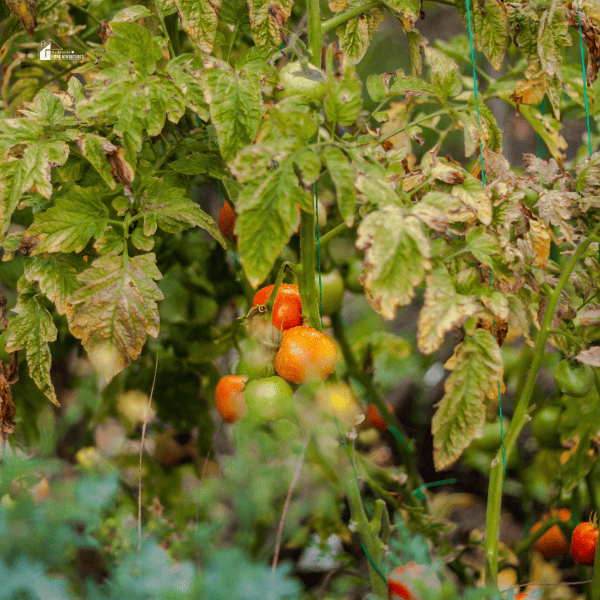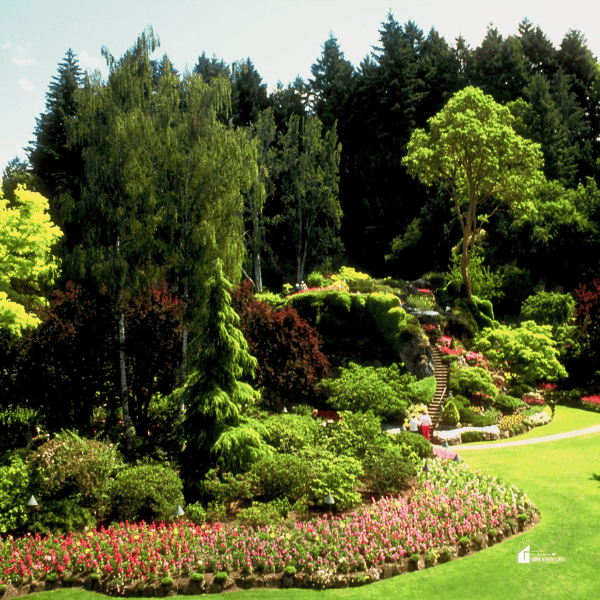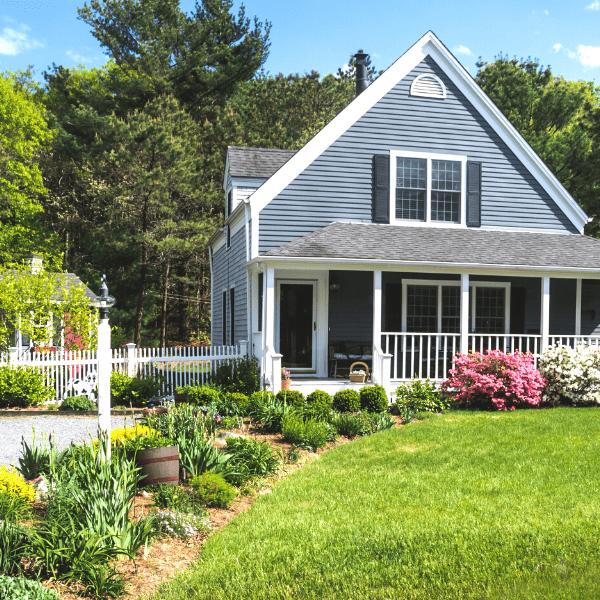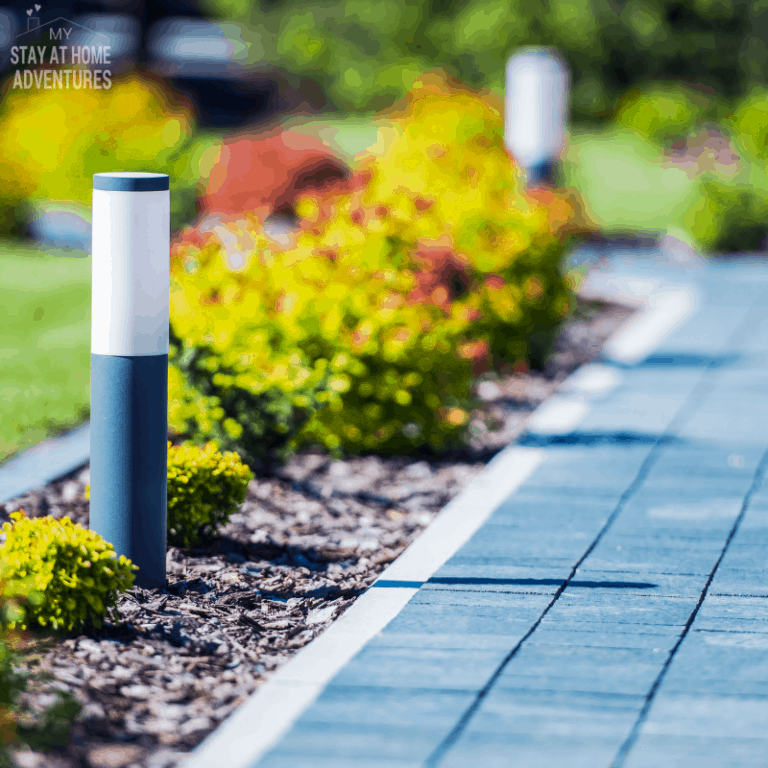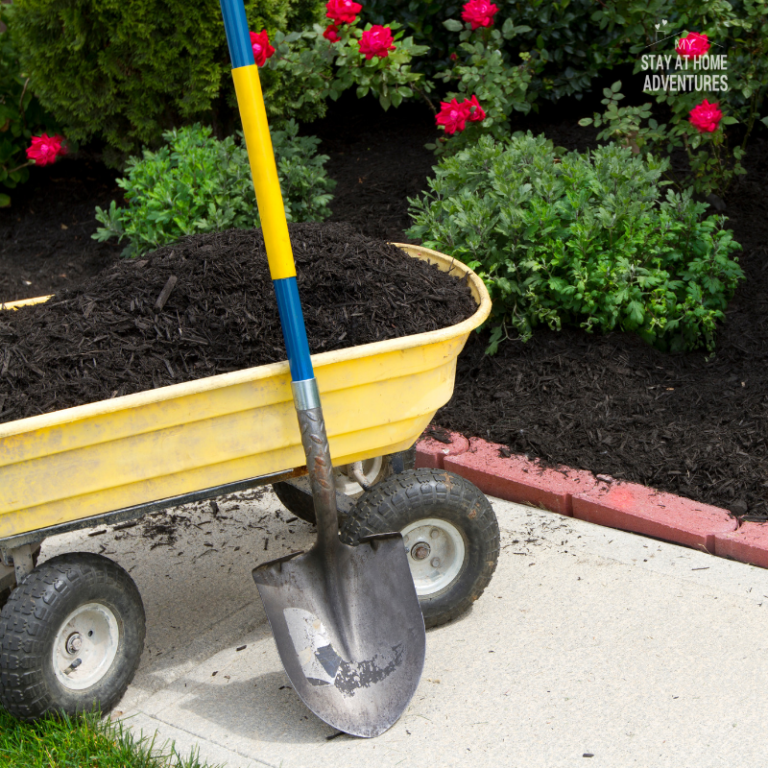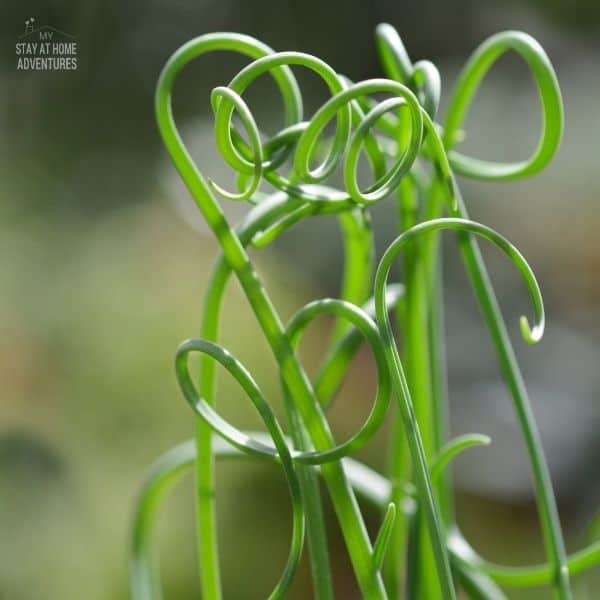10 Front Yard Landscaping Ideas for the Eco-Friendly Homeowner
This post may contain affiliate links which might earn us money. Please read my Disclosure and Privacy policies hereLearn about eco-friendly front yard and tips to get started. Homeowners strive for the ideal yard. It should be overgrown with shrubs and trees that are arranged in a pleasing manner.
However, landscaping is not only expensive but also destructive to the environment, which should not be the case.
Environmental protection has never been more important, and it can begin in your own eco-friendly front yard. Designers are thinking about landscaping concepts for sustainable gardens, and concern about climate change has us all looking for ways to contribute.
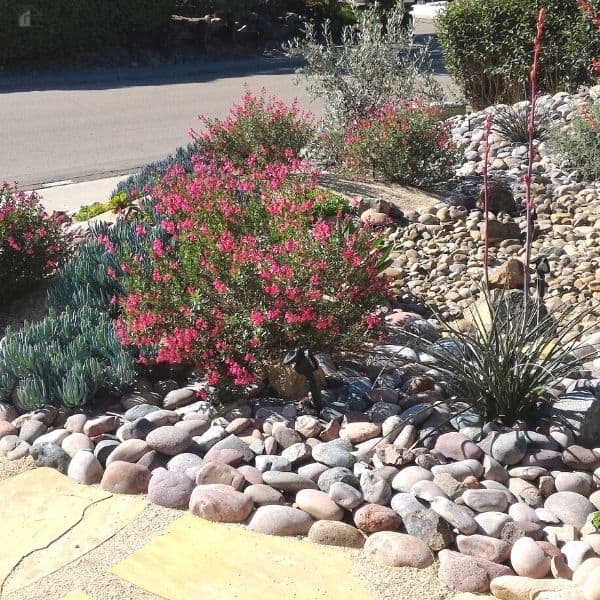
How can I make my yard eco-friendly?
Eco-friendly landscaping design and care will help save the environment and produce a beautiful, inviting yard that is easy to maintain. Michaelangelo's expertise in eco-conscious landscape maintenance can further enhance sustainability efforts, ensuring your yard remains both environmentally friendly and aesthetically pleasing. Here's a list of eco-friendly ways to get involved.
Select native plants
When selecting your yard, look for plants and trees that are natural to your location. Once established, these require less upkeep since they are inherently resistant to pests and disease. They are easy to maintain and are environmentally beneficial because they do not require fertilizers, pesticides, or supplementary watering.
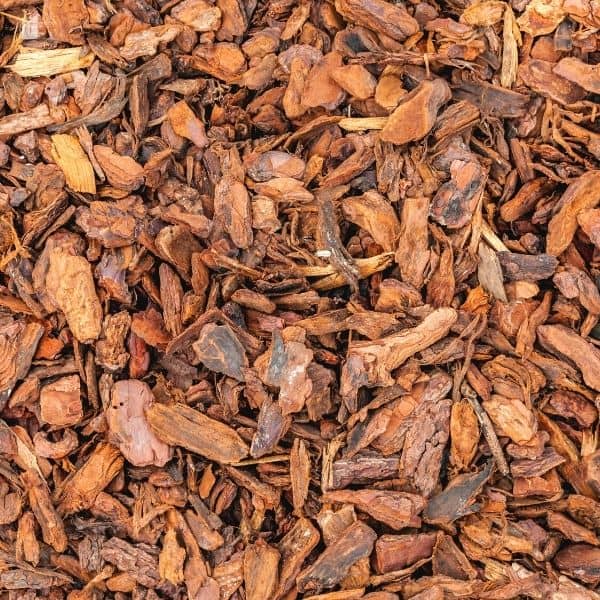
Use organic mulch
Wood chips, bark, leaves, and pine needles are examples of organic mulch that give numerous benefits. Mulch helps to keep plants alive and healthy by regulating soil temperature and retaining moisture. It also reduces weed growth in flower beds, making weeding easier. Organic mulch has the extra benefit of providing nutrients to the soil as it decomposes.
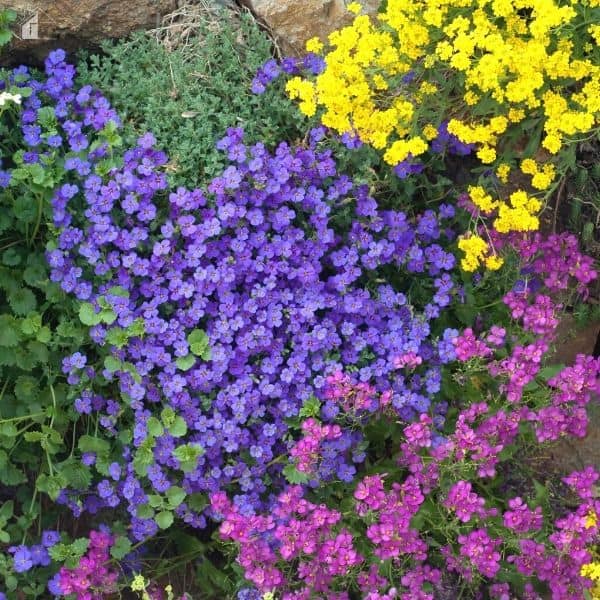
Instead of grass, use ground cover
Ground covers sticks to the ground and requires little mowing, additional irrigation, insecticides, or herbicides. Clover, for example, is a good full-sun groundcover.
Maintain a high and dry grass
Leave the grass higher when mowing, just cut a third of the total blade length at a time, and mow more often. Your lawn will be healthier and retain more water. Leave grass clippings on the yard as well.
Use eco-friendly grass like this one for low maintenance and drought resistance.
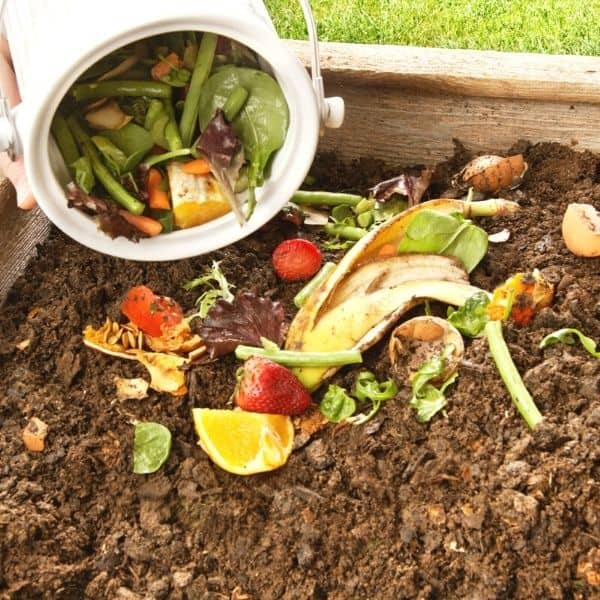
Begin composting
It minimizes waste production while simultaneously producing natural, free fertilizer. Food scraps, coffee grounds, eggshells, and yard waste are all compostable.
You can learn more about composting when you read: Composting Tips (3 Basic Tips For Beginners)
Collect rainwater
One of the simplest methods to green up your environment is to collect rainwater. Rainwater is collected and used to water plants, flowers, and vegetable gardens, lowering the quantity of water consumed by outdoor households.
You might like these posts:
On slopes, use terraces
Steep slopes are difficult to mow and maintain and create erosion and excessive stormwater flow, both of which are environmental issues. Terracing entails converting steep slopes into flat, planted areas ideal for flower and herb gardens, bushes and mulch.
Build rain gardens
Rain gardens are attractive landscaping components that catch and filter rainfall. They are planted exactly where rainwater pools. They are able to absorb significant amounts of rainwater and filter out pollutants by using native, flood-resistant plants and loosely packed, deep soils.
Skip the Fertilizers
Fertilizers should be avoided or used moderately. A better choice is to use organic fertilizer and just apply as much as you need, which is usually less than half of the amount recommended by the manufacturer.
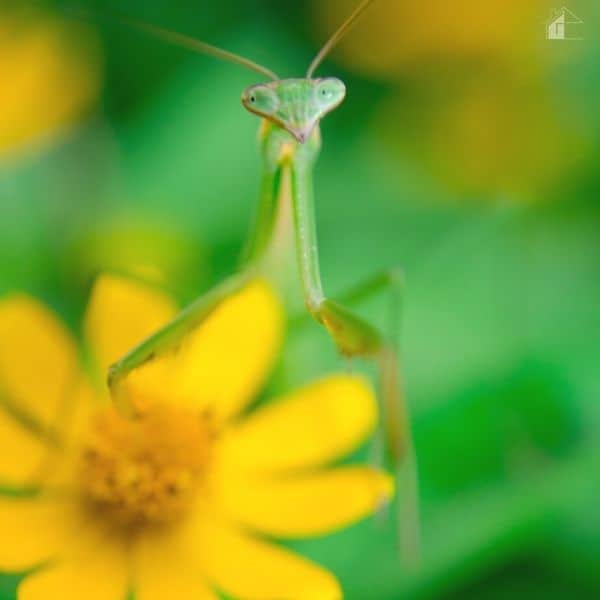
Use herbicides and natural insect control
Use a combination of techniques, such as hand-weeding and insect removal, attracting beneficial insects like lacewings and praying mantises, choosing naturally resistant native plants, and using natural insecticides like insecticidal soaps and oil sprays for mites, aphids, and mealybugs.
What is eco-friendly landscaping called?
Eco-friendly landscaping (also known as green landscaping or sustainable landscaping) refers to a variety of approaches that have emerged in response to the aforementioned environmental concerns. Simply said, sustainable landscaping is a method of designing, building, and maintaining a garden that uses the least amount of energy feasible.
Green landscaping is not only good for the environment, but it also saves you time and money. Going “green” in your own garden has no drawbacks.
Why are lawns not eco-friendly?
Given how much effort people put into keeping their lawns green, you may have suspected that they aren't truly very green in practice. Water is utilized extensively to keep lawns green.
These poisons may end up in our drinking water and food. In addition, lawn maintenance emits greenhouse gasses, such as the fuel used in lawnmowers.
Many lawn owners additionally spray their grass with dangerous chemicals and herbicides.
Fertilizers wash off lawns, into storm sewers, and finally into the bay, where excess nutrients generate algae blooms, blocking sunlight and killing the submerged aquatic grasses that young fish and shellfish rely on for protection from predators.
Creating an eco-friendly front yard is commendable, but tread cautiously in your pursuit of a green space. While many opt for the convenience of herbicides like Roundup, it's crucial to acknowledge the potential health risks associated with such products. Recent developments, such as the Roundup weed killer lawsuit, have shed light on the adverse effects of certain herbicides.
Prioritize using natural insect control methods and organic fertilizers to safeguard your green haven and well-being. Remember, the goal is not only an environmentally conscious landscape but one that prioritizes health and sustainability.
Is grass environmentally friendly?
Grass lawns are not environmentally friendly since they can deplete subsurface water reserves. In addition, grass lawns are terrible for the environment since they use around 3 trillion gallons of water per year.
Pesticides are also consumed in large quantities. As a result, lawns are an ecological disaster since they release greenhouse gasses into the atmosphere.
There are many ways to make your front yard eco-friendly and sustainable. It’s important that homeowners consider their landscaping options to protect the environment while still achieving the desired look. What other ideas do you have for eco-friendly landscaping? Let us know in the comments below!

